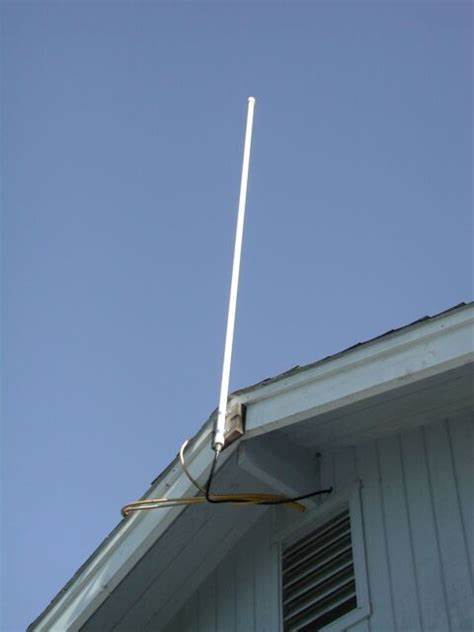UHF Base Station Antenna: A Comprehensive Guide to Choosing the Right One
Table of Contents:
I. Introduction
II. Understanding UHF Base Station Antennas
III. Antenna Design
IV. Frequency Range
V. Gain and Directivity
VI. Polarization
VII. Construction Materials
VIII. Mounting Options
IX. Choosing the Right UHF Base Station Antenna
X. Conclusion

I. Introduction
When it comes to reliable and clear communication, a UHF base station antenna is a must-have for professionals in a wide range of industries, including law enforcement, public safety, and the military. Whether you’re communicating with tactical units, coordinating emergency response efforts, or conducting routine operations, a high-quality UHF base station antenna can ensure that you stay in clear contact with your team. In this guide, we’ll take a deep dive into everything you need to know about UHF base station antennas, from basic design principles to the specific features that can make one antenna better suited for certain applications than another.
II. Understanding UHF Base Station Antennas
A UHF base station antenna is a device that converts electrical energy into electromagnetic waves that can carry signals over a distance. In order to do this effectively, the antenna must be designed to resonate at the frequency of the electromagnetic waves it is transmitting or receiving. UHF base station antennas are designed to operate within the UHF frequency range, which extends from 300 MHz to 3 GHz.
III. Antenna Design
There are several different designs of UHF base station antennas, each with its own benefits and drawbacks. Some common designs include ground plane antennas, Yagi antennas, and log-periodic antennas. Ground plane antennas are simple and easy to construct, but they are omnidirectional and have relatively low gain. Yagi antennas are directional and offer higher gain, but they are more complex to construct. Log-periodic antennas offer wider bandwidth and are more versatile, but they are also more complex to construct.
IV. Frequency Range
When choosing a UHF base station antenna, it’s important to consider the frequency range that the antenna is designed to operate within. Different applications may require different frequencies, and it’s important to choose an antenna that is compatible with the frequencies you need to use.
V. Gain and Directivity
The gain of a UHF base station antenna refers to its ability to amplify signals. Directivity, on the other hand, refers to the antenna’s ability to focus its radiation pattern in a particular direction. Antennas with high gain and directivity are often preferred for long-range communication, while antennas with lower gain and directivity are better suited for short-range communication.
VI. Polarization
Polarization refers to the orientation of the electric and magnetic fields within an electromagnetic wave. UHF base station antennas can be either vertically or horizontally polarized, and it’s important to choose an antenna with the correct polarization to match the polarization of the signals you are transmitting or receiving.
VII. Construction Materials
The construction materials of a UHF base station antenna can affect its durability, weather resistance, and overall performance. Common materials include aluminum, fiberglass, and stainless steel, each with their own benefits and drawbacks.
VIII. Mounting Options
UHF base station antennas can be mounted in a variety of different ways, including on rooftops, towers, or poles. It’s important to choose a mounting option that is secure, stable, and provides the necessary elevation for optimal performance.
IX. Choosing the Right UHF Base Station Antenna
When choosing the right UHF base station antenna, it’s important to consider all of the factors discussed above. This includes the specific frequency range, gain, directivity, polarization, construction materials, and mounting options that best suit your needs. It may also be helpful to consult with an expert in the field to ensure that you are making the best choice for your specific application.
X. Conclusion
A UHF base station antenna is a critical piece of communication equipment for professionals in a variety of industries. By understanding the basic principles of antenna design and the specific features that make one antenna better suited for certain applications than another, you can make an informed decision that will provide clear and reliable communication for years to come. With the right UHF base station antenna, you can stay connected with your team and ensure that critical information is communicated quickly, accurately, and reliably.

 Mobile Signal Booster
Mobile Signal Booster